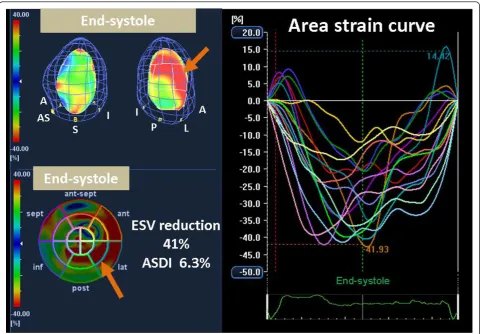Strain dyssynchrony index determined by three-dimensional speckle area tracking can predict response to cardiac resynchronization therapy
Full text
Figure




Related documents
Background: The aim of this study is to elucidate the anatomical considerations with reference to botulinum neurotoxin type A (BTX) injection, on sectioned images and surface
Correlation and Regression Analysis of Relevant Indicators, Intangible Assets and Operating Income: Firstly, a correlation analysis was carried out on the four asset
Starting from this fact, a survey has been conducted to address: (a) the contribution of the Blue Growth goals to the activities of the Greek private and public economic sectors,
Bu çalışmada doküman inceleme tekniği kullanılarak Amerikalı şair Edgar Allan Poe’nun (1809-1849) “Annabel Lee” adlı şiirinin Melih Cevdet Anday
We hypothesise that obese adolescents will have abnormal global connectivity in brain hubs implicated in interoception (insula), motivation (striatum, limbic regions, OFC) and
I submit for your approval the following report and recommendation on (i) a proposed loan, and (ii) the proposed administration of a grant to be provided by
Universities differ from non- university higher education in terms of their origins, tradition, and strategy (e.g. It would be interesting to see if for the university sector
